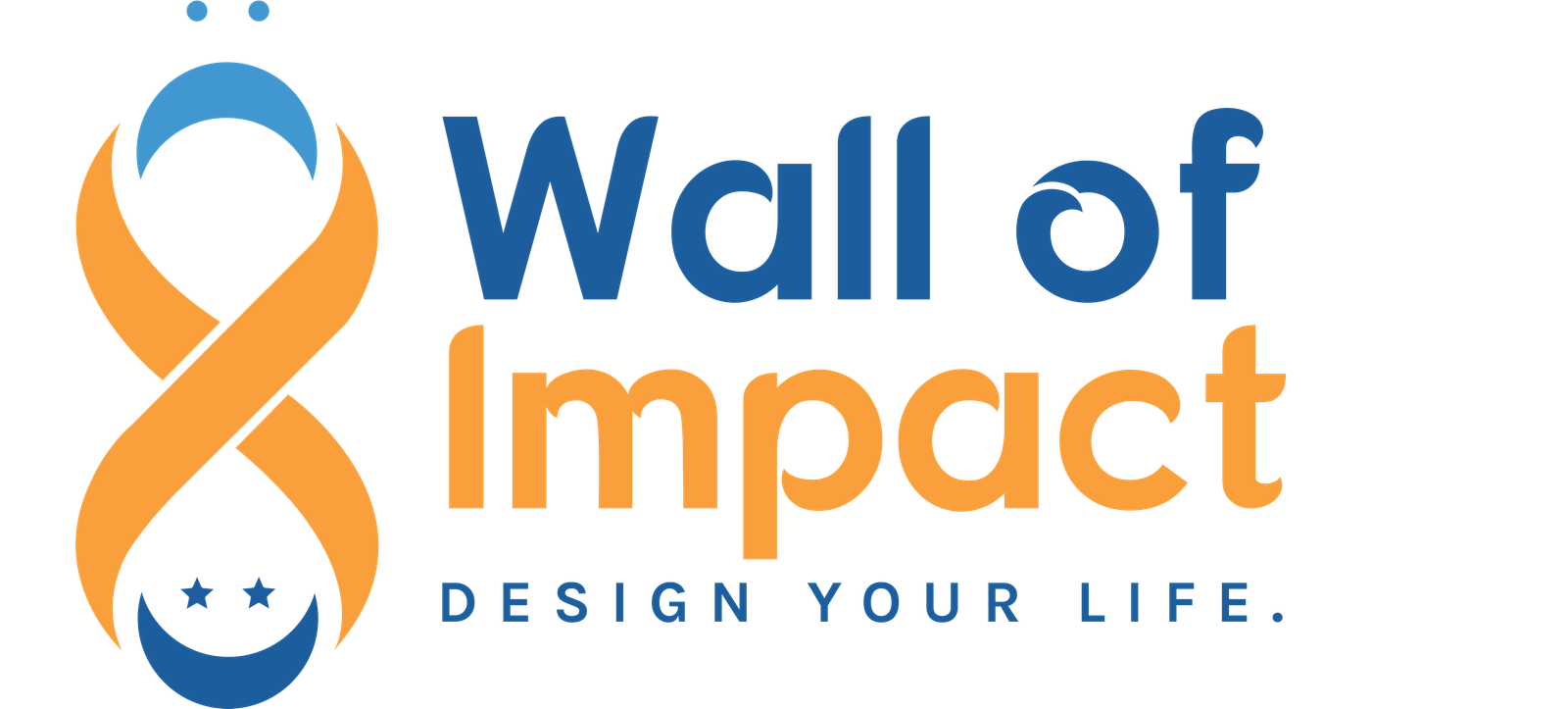How Wall of Impact Works?

Visuals have a significant impact on our brains, as they are remembered more effectively than plain text. When information is presented visually, it creates a stronger and more lasting impression. This makes our “Wall of Impact” and its content more memorable and increases the likelihood of our message being retained.
The “Wall of Impact” attracts attention and boosts engagement, as images can represent ideas, feelings, and concepts, effectively conveying messages and fostering relationships. Visual communication is fast and efficient, as the brain processes visuals 60,000 times faster than text. It engages the conscious mind first and then the subconscious, igniting emotional responses and facilitating improvement.
Visuals have the power to evoke strong emotions, prompt action, and enhance communication. They are absorbed in the brain’s emotional centre, making them effective tools for conveying complex messages and inspiring reactions.
Frames on the wall act as guides, directing attention and influencing decision-making through the framing effect. By decorating our walls with impactful frames, we can improve our mental health and lead more fulfilling lives.
Repetitive exposure to the “Wall of Impact” strengthens neural circuits, enhancing memory encoding, storage, and retrieval processes. In our fast-paced world, where information overload is common, the “Wall of Impact” serves as a powerful reminder of our priorities and goals.
Combining strong messages with visual stimuli and repetitive action ensures better retention and engagement. Studies show that 90% of information transmitted to the brain is visual, and people remember 80% of what they see compared to 10% of what they hear and 20% of what they read.
Overall, the “Wall of Impact” leverages the power of visuals to improve mental well-being, enhance communication, and foster personal growth.


